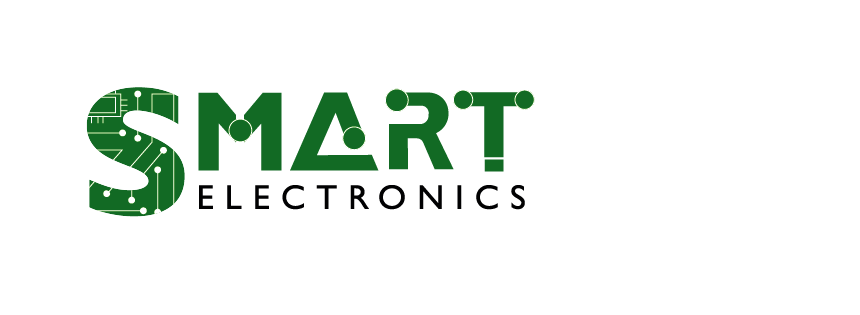Quality Control is a very critical process for ensuring excellent customer experience. It is our vision to be the very best we can be, to never over-commit and never under-deliver.
We hold ourselves accountable every single day and every company who deals with Smart Electronics receives excellence from us at all times and continues to see us as a critical and indispensable extension of their own team.
E-Test
In general, the electronic test is performed
after manufacture. The circuit boards are checked with a flying probe, or for larger series using an adapter E-Test in order to detect incorrect
and broken conductors.
The E-test process could ensure all PCBs are no short or open before delivery to customers.
AOI (Automated Optical Instpection)
Automated optical inspection (AOI) is an automated visual inspection of PCB inner layers. A camera autonomously scans the inner layers and compares the results to the original Gerber files. It is commonly used in the manufacturing process because it is a non-contact test method. It finds errors such as spacing violation, missing pads, short circuits, open circuits, cut and hole breakages.
X-ray
X-rays offer a non-invasive, though expensive, way to visually inspect for proper PCB assembly – the same way that one would compare to a photograph or microscopic image.
X-ray images are the best (and only) way to identify and correct layer displacements in the pressing process.
CCD – Camera controlled drilling
A preferred tool for PCB quality assurance, inspection cameras allow operators ergonomic viewings with the naked eye. These high-resolution camera images are projected onto computer screens and manipulated such that microscopic details can be inspected and easily shared with different departments for further review.
Visual Inspection
For low volume production runs, one effective form of inspection is for someone (often the person who performed the assembly) to simply look at it with their own eyes. This doesn’t just mean a quick glance; they must meticulously check each connection in a well-lit environment.
Impedance Control
Copper tracks on PCBs are more and more used as transmission lines with clocks rates above 5 Gbps & frequencies above 5GHz. However, depending on the PCB layer buildup, the layout and the customer’s requested impedances a calculation model is chosen.
A copper trace’s width & thickness strict control will ensure stable impedance.
